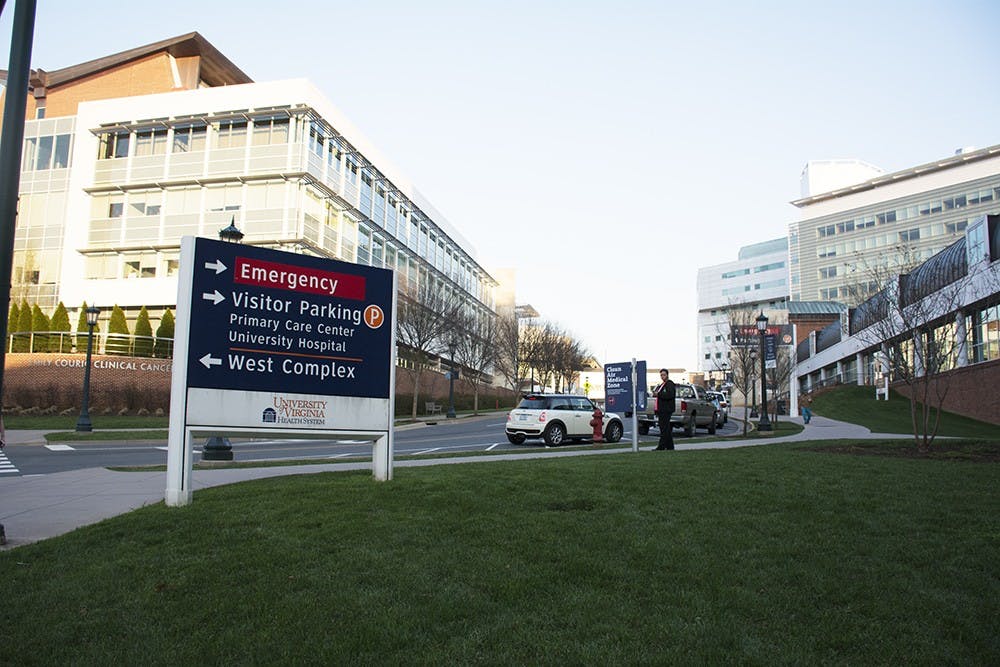With the recent rise in Candida auris disease cases, a hospital-induced infection, the University health system should focus its energy on reducing the rate of infections contracted in its own facility rather than expanding their emergency room. The problem has begun to hit closer to home because of the University health system’s reduction in federal funding due to a lack of proper safety procedures. Under the Centers for Medicare & Medicaid Services, the Hospital-Acquired Condition Reduction Program was established to incentivise hospitals to lower their condition rates. It set a standard measurement which hospitals must abide by in order to receive full funding. 769 hospitals were found to be inadequate for federal funding under this mandate — 19 of which were located in Virginia. Overall budget cuts will be around $430 million in a loss of Medicare payments. Although the breakdown of how much money each hospital will lose is minimal, the funding cuts are just the tip of the iceberg when it comes to protecting those who enter the health system. The president and the Board of Visitors must make the problem of hospital-acquired conditions a top priority, otherwise expansion efforts will simply further the problem.
The new hospital expansion project is being headed by architecture and design firm Perkins+Will Global, and includes the construction of over 430,000 new square feet and the renovation of 90,000 square feet. During the planning process, cost estimates were expected to be between $119 million and $145 million and the project would take until 2020 to be fully complete. New facilities will include an expanded emergency department, four new operating rooms and 12 new procedure rooms, as well as five floors of new care units. Perkins+Will also highlight the “continuation of pedestrian friendly landscaping” and the “large expanses of glass [which] provide sweeping views of the surrounding landscape.” While all of these features sound impressive, some seem over excessive and not a necessity to the basic services a hospital should provide.
The ultimate goal of a health care facility is to improve the conditions of a patient and to make sure they are safe during treatment. Funds used for “friendly landscaping” and “sweeping views” should be allocated to improving the cleanliness and safety for patients. Furthermore, the largest section of expansion is the five floors of intensive care units. This is where we see the biggest dilemma. The majority of healthcare-associated infections, such as the Candida auris disease, are contracted in intensive care units. We cannot confidently proclaim the safety of patients if the system ignores infection rates and builds more units where these types of incidents occur simultaneously. This disregard for patient safety is a direct contradiction with what Executive Vice President for Health Affairs Dr. Richard P. Shannon stated in 2014 during preliminary planning for the project. He outlined five core values which would move the health system forward for the next five years. Two values are that the health system “will offer the very best clinical care available in Virginia” and “will be the safest place for our patients to receive care.” Neither of these can be accomplished without refocusing on combative efforts towards HACs.
Moving forward, the University needs to task the health system’s Patient Care Committee and Subcommittee on Professional Practice Evaluation with working alongside the expansion efforts to configure the best possible designs. These designs must help the hospital improve their acquired condition rates while also avoiding a hinderance to already established construction projects.
This is not a problem which can be assigned to the Executive Vice President for Health Affairs or the University President. It is too big a task for an insider to handle. The University should work with Dr. Shannon to appoint a crisis manager which would oversee the remainder of the expansion project as well as address the HAC epidemic the University finds itself in. This person will have the sole responsibility of figuring out the loopholes which have thwarted the health system, coordinating both the health system committees and construction management on how to fix those problems and strengthen the safety provided for patients. They would work independently from the University in order to find the cause of this conundrum and propose the best ways to solve it.
Mark Felice is a viewpoint writer for the Opinion section. He may be reached at opinion@cavalierdaily.com.







